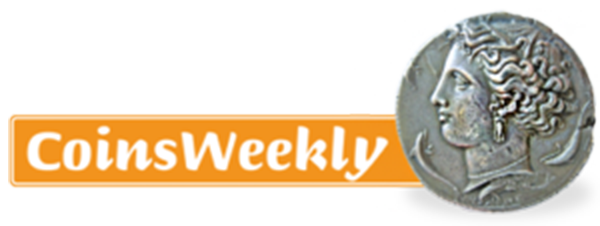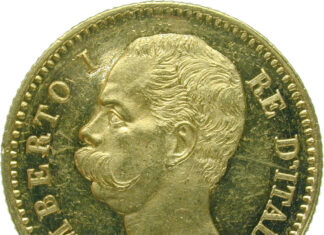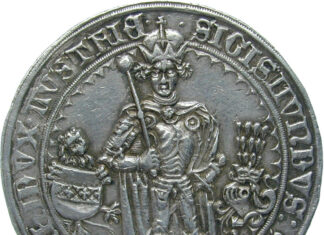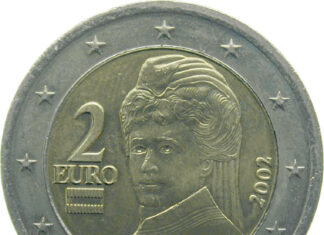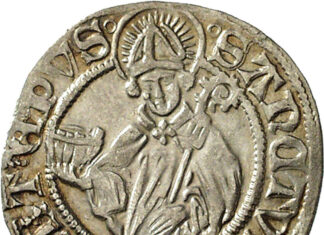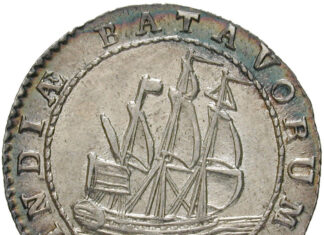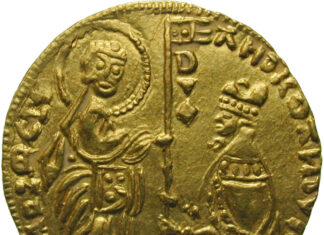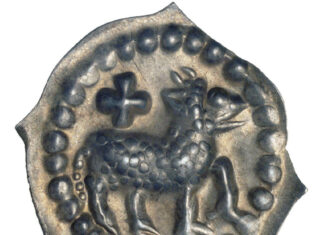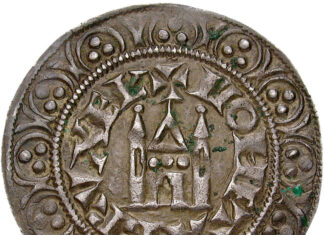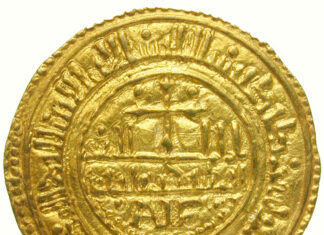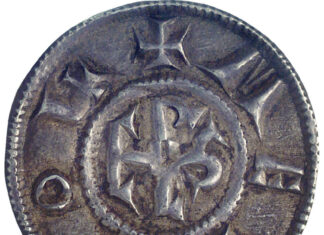Medium
Numismatic Puzzle: Umberto I
Many people in 1882 Italy couldn’t even dream of such a gold 20-lira piece. Umberto I ruled a country torn by social conflict, which caused him to lose his life in an assassination in 1900.
Numismatic Puzzle: Sigismund
Archduke Sigismund of Austria was called “rich in coins” as he turned vast masses of silver into coins – among them this 1486 guldiner. This coins became the model of all heavy silver issues which are known today as taler.
Numismatic Puzzle: Bertha von Suttner
In 1905, Bertha von Suttner became the first woman to receive the Nobel Peace Prize. The Nobel Committee thus honoured the life’s work of this dedicated pacifist and writer. Today, her face can be found in many purses and wallets: on Austria’s 2-euro circulation coins.
Numismatic Puzzle: Leonhard von Keutschach
In 1500, the Archbishop of Salzburg Leonhard von Keutschach had this silver batzen minted. Through his reforms he turned Salzburg into one of the richest principalities of the Holy Roman Empire.
Numismatic Puzzle: Scheepjesgulden
These “ship guldens” were minted by the Dutch in West Friesland for their colony at the Cape of Good Hope. When the Dutch lost this territory, they sent the coins to Batavia on the island of Java. There, they were finally put into circulation in 1803.
Numismatic Puzzle: The Doge of Venice
Today’s coin is of the type of a Venetian ducat, a so-called zecchino. This gold specimen from around 1350 shows the doge, the head of state of Venice, receiving a banner by St Mark, the city’s patron saint.
Numismatic Puzzle: Schaffhausen
In the 11th century, Kloster Allerheiligen (All Saints Abbey) in Schaffhausen was granted the right to mint coins. Take a look at this 13th-century bracteate and decide for yourself what you see: a ram, as an allusion to the town’s name, or a Lamb of God?
Numismatic Puzzle: Brabant
The tornesel, a heavy silver coin which was created in Tours (France) in 1266, was so popular that it was imitated in many places. John II from the Duchy of Brabant also did so around 1300: do you recognize the cityscape of Tours in the lily wreath?
Numismatic Puzzle: Maravedí
This isn’t an Arab gold dinar. Pay attention to the cross and the abbreviation ALF: this coin was minted in the 12th century by Alfonso VIII, the Christian ruler of Castile. Maravedí was the currency used by Christians and Moors to conduct trade.
Numismatic Puzzle: Charlemagne
Under Charlemagne, the Frankish Empire reached its greatest expansion around 800 and experienced the so-called Carolingian Renaissance. Charlemagne also reformed the monetary system – today you can try your hand at a denarius featuring the ruler’s monogram.


